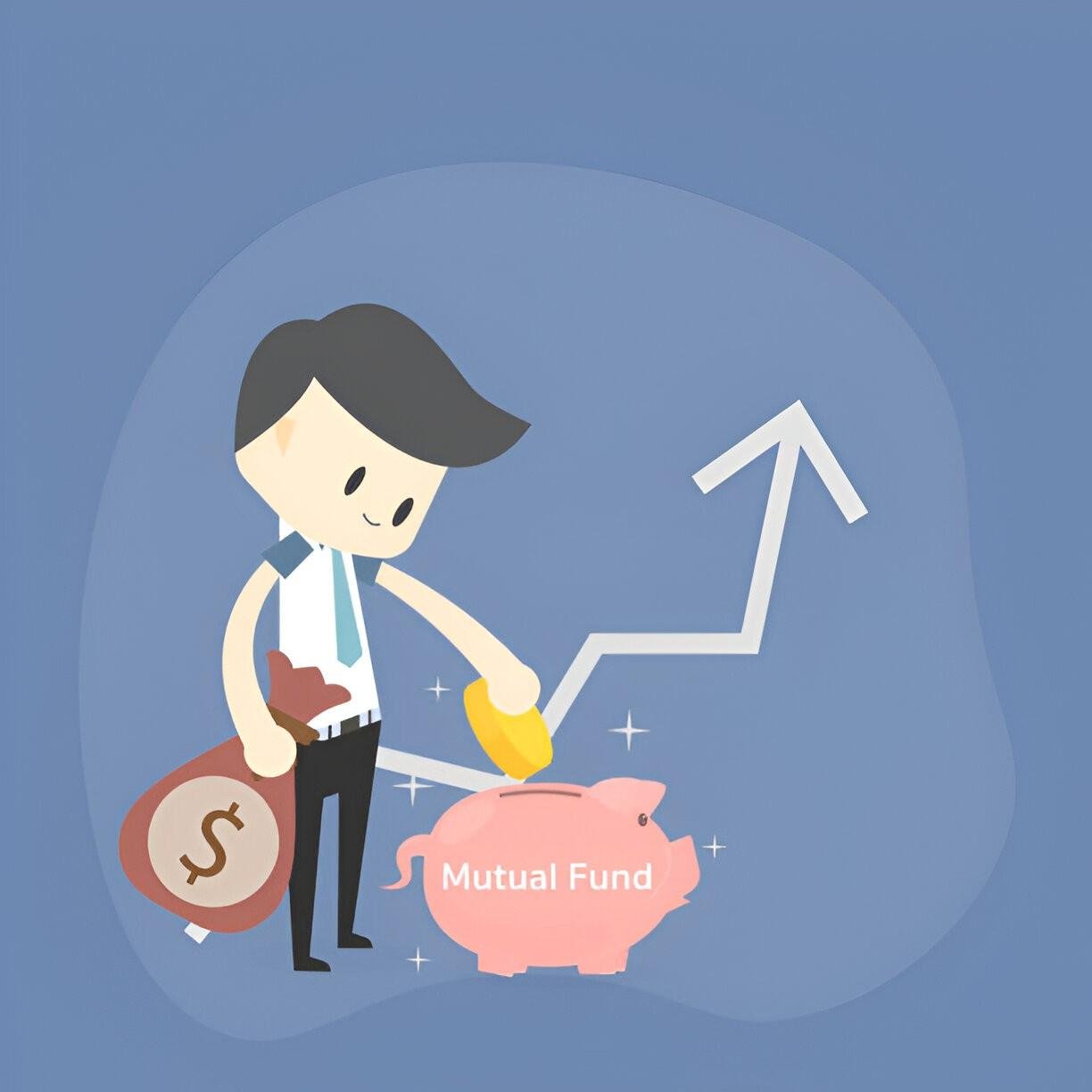Mutual funds remain one of the most accessible and efficient investment vehicles for individuals looking to grow wealth. I have spent years analyzing mutual fund schemes, and in this guide, I will break down everything you need to know—types, benefits, risks, and strategies—so you can make informed decisions.
Table of Contents
What Are Mutual Funds?
A mutual fund pools money from multiple investors to invest in a diversified portfolio of stocks, bonds, or other securities. Professional fund managers handle asset allocation, making them ideal for investors who lack the time or expertise to manage individual securities.
Key Features of Mutual Funds
- Diversification: Reduces risk by spreading investments across multiple assets.
- Professional Management: Fund managers make investment decisions.
- Liquidity: Investors can redeem shares at the current Net Asset Value (NAV).
- Affordability: Many funds have low minimum investment requirements.
Types of Mutual Fund Schemes
Mutual funds come in various forms, each catering to different risk appetites and financial goals. Below, I categorize them based on structure, asset class, and investment objective.
1. By Structure
A. Open-Ended Funds
- Investors can buy or sell units at any time.
- No fixed maturity period.
- Prices are based on NAV.
B. Closed-Ended Funds
- Have a fixed maturity period (e.g., 3-5 years).
- Traded on stock exchanges like ETFs.
- Often issue IPOs for initial capital raising.
C. Interval Funds
- Hybrid of open and closed-ended funds.
- Allow transactions only during specific intervals.
2. By Asset Class
A. Equity Funds
Invest primarily in stocks. Subcategories include:
- Large-Cap Funds: Invest in top-tier companies (e.g., S&P 500).
- Mid-Cap & Small-Cap Funds: Higher risk, higher return potential.
- Sector Funds: Focus on specific industries (tech, healthcare).
- Index Funds: Track market indices (e.g., Vanguard S&P 500).
B. Debt Funds
Invest in fixed-income securities like bonds and Treasury bills.
- Government Bond Funds: Low risk, stable returns.
- Corporate Bond Funds: Higher yields but carry credit risk.
- Short-Term vs. Long-Term Bonds: Duration impacts interest rate sensitivity.
C. Hybrid Funds
Mix of equity and debt instruments.
- Balanced Funds: Fixed equity-debt ratio (e.g., 60:40).
- Dynamic Asset Allocation: Adjusts based on market conditions.
D. Money Market Funds
Invest in short-term, highly liquid instruments like T-bills and commercial paper.
3. By Investment Objective
A. Growth Funds
Aim for capital appreciation by investing in high-growth stocks.
B. Income Funds
Focus on generating steady income through dividends and interest.
C. Tax-Saving Funds (e.g., 401(k), IRA-compliant funds)
Offer tax benefits under US retirement accounts.
How Mutual Fund Returns Are Calculated
The performance of a mutual fund is measured by its Net Asset Value (NAV), calculated as:
NAV = \frac{(Total\ Assets - Total\ Liabilities)}{Number\ of\ Outstanding\ Shares}Example Calculation
Suppose a fund has:
- Total Assets = $10 million
- Total Liabilities = $1 million
- Outstanding Shares = 500,000
Then:
NAV = \frac{(10,000,000 - 1,000,000)}{500,000} = \$18\ \text{per share}Expense Ratios and Fees
Mutual funds charge fees, which impact returns. The expense ratio is the annual fee expressed as a percentage of assets under management (AUM).
Expense\ Ratio = \frac{Total\ Annual\ Fund\ Expenses}{Average\ AUM}Comparison of Expense Ratios
| Fund Type | Average Expense Ratio |
|---|---|
| Index Funds | 0.05% – 0.20% |
| Actively Managed | 0.50% – 1.50% |
| Sector-Specific | 0.75% – 2.00% |
Lower expense ratios mean higher net returns.
Risk Assessment in Mutual Funds
Not all mutual funds carry the same risk. I assess risk using:
1. Standard Deviation
Measures volatility. Higher SD = higher risk.
\sigma = \sqrt{\frac{\sum (X - \mu)^2}{N}}2. Beta
Indicates sensitivity to market movements.
- Beta > 1 = More volatile than the market.
- Beta < 1 = Less volatile.
3. Sharpe Ratio
Evaluates risk-adjusted returns.
Sharpe\ Ratio = \frac{(R_p - R_f)}{\sigma_p}Where:
- R_p = Portfolio return
- R_f = Risk-free rate
- \sigma_p = Portfolio standard deviation
Tax Implications of Mutual Funds
In the US, mutual fund distributions are taxable. Key considerations:
- Capital Gains Tax: Applies when selling fund shares at a profit.
- Dividend Tax: Qualified dividends taxed at 15%-20%.
- Turnover Ratio Impact: High-turnover funds generate more taxable events.
Active vs. Passive Funds: Which Is Better?
| Feature | Active Funds | Passive Funds |
|---|---|---|
| Management | Professional stock picking | Tracks an index |
| Cost | Higher fees | Lower fees |
| Performance | Varies by manager | Matches market |
| Best For | Investors seeking alpha | Cost-conscious investors |
Studies show that most active funds underperform the S&P 500 over the long term.
How to Choose the Right Mutual Fund
- Define Your Goals: Retirement, education, or wealth building?
- Assess Risk Tolerance: Conservative, moderate, or aggressive?
- Check Historical Performance: Look at 5-10 year returns.
- Compare Expense Ratios: Lower is usually better.
- Review Fund Manager’s Track Record: Consistency matters.
Final Thoughts
Mutual funds offer a balanced way to invest without requiring deep market knowledge. I recommend starting with low-cost index funds if you’re new, then diversifying into sector-specific or actively managed funds as you gain confidence. Always keep an eye on fees and tax efficiency to maximize returns.





